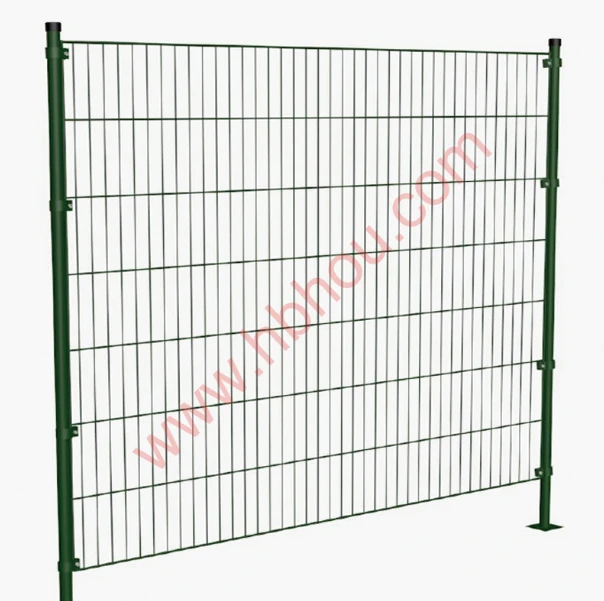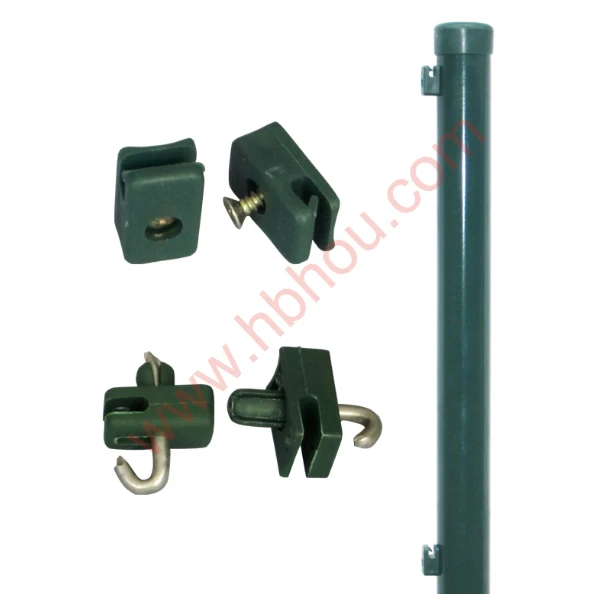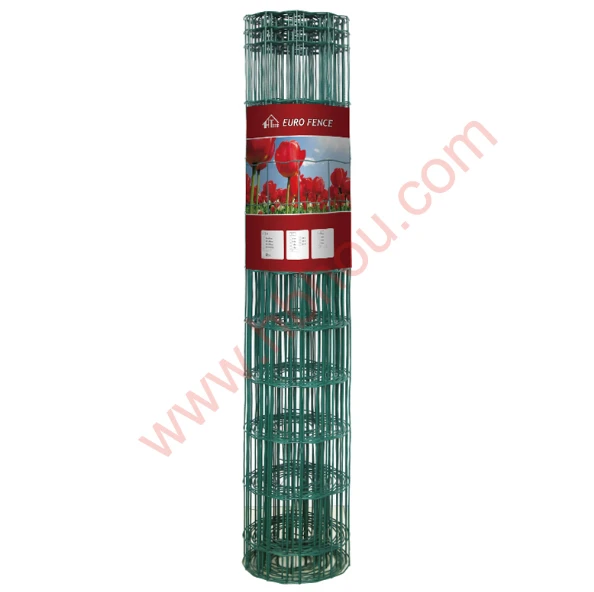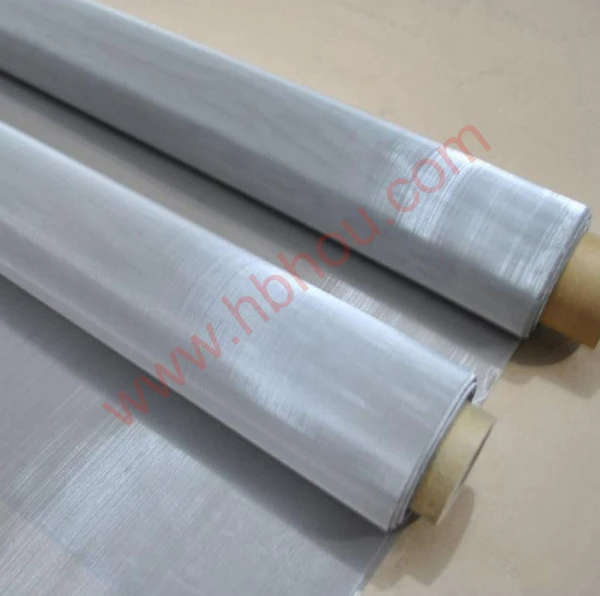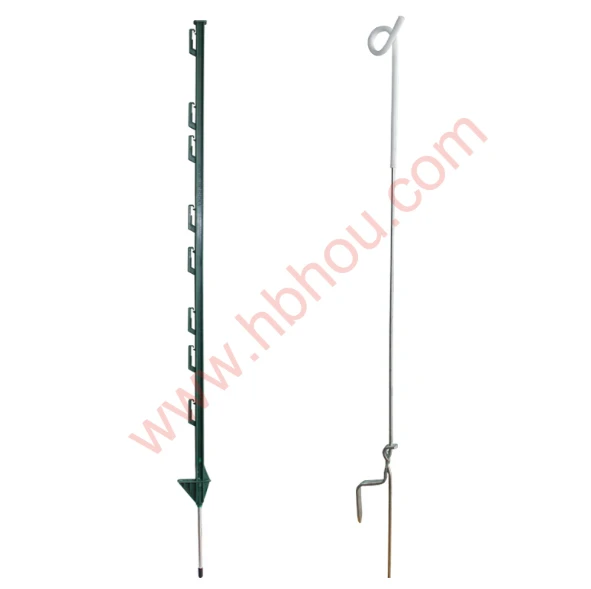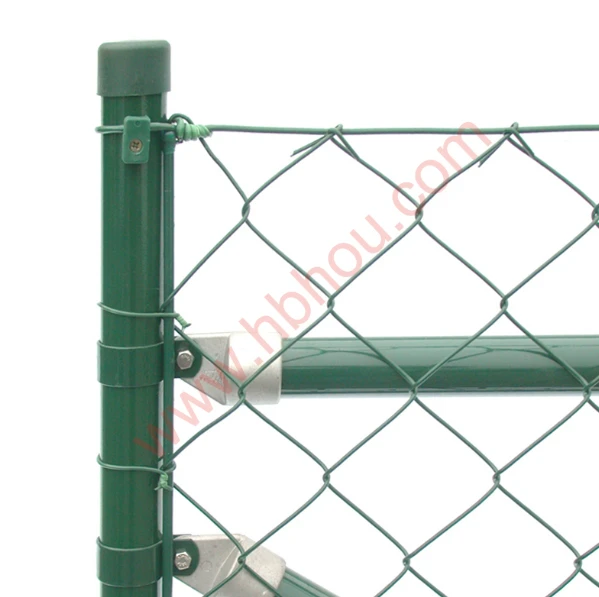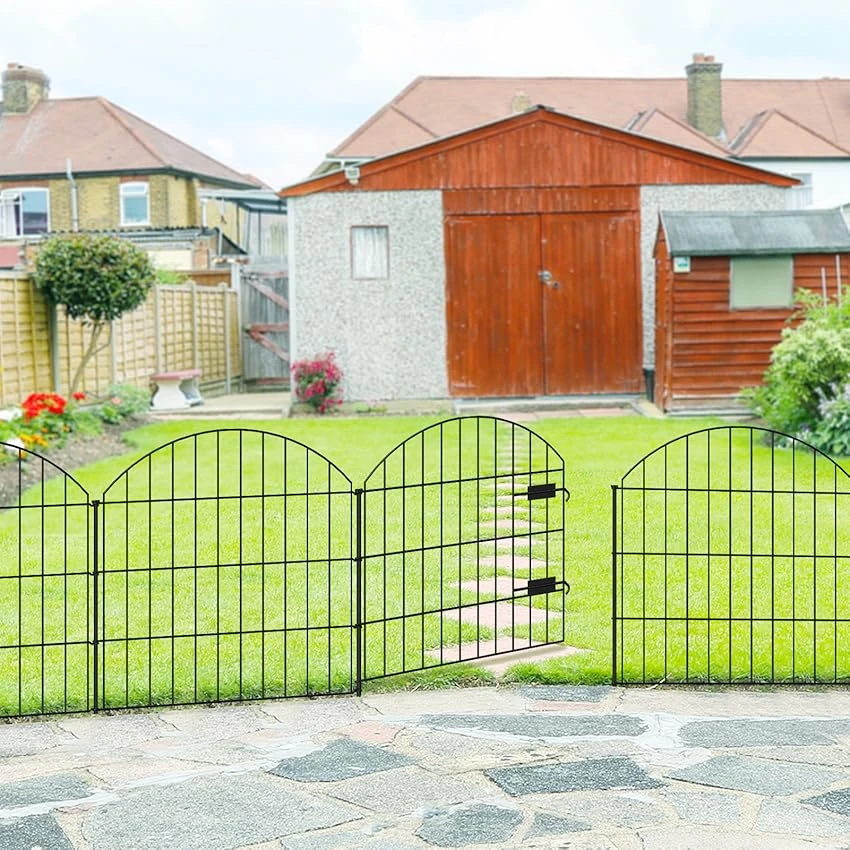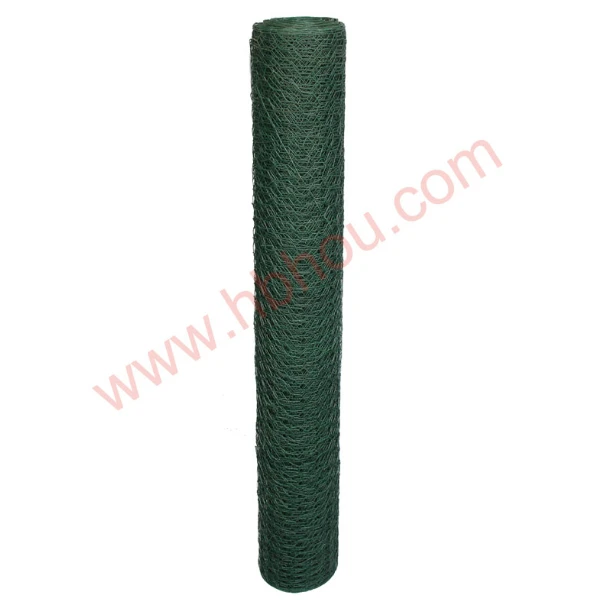The Versatility and Functionality of 120 cm Gabions
Gabions, wire mesh containers filled with rocks, concrete, or other materials, have gained prominence in various construction and landscaping projects. Among the many sizes available, the 120 cm gabion stands out for its practical applications and efficient design. This article delves into the significance and diverse applications of 120 cm gabions, highlighting their benefits and popularity in the modern landscape.
Understanding Gabions
The word gabion originates from the Italian term gabbione, meaning big cage. Traditionally, gabions were used for military fortifications, but their utility has expanded significantly in contemporary civil engineering and landscaping. Today, they serve multiple purposes, including erosion control, retaining walls, drainage structures, and even decorative elements in gardens and parks. The 120 cm gabion, in particular, has become a preferred choice for many projects due to its manageable size and versatility in various applications.
Applications of 120 cm Gabions
1. Erosion Control One of the primary uses of gabions is to combat soil erosion. When placed along riverbanks, slopes, or shorelines, 120 cm gabions provide stability and prevent the soil from washing away during heavy rainfall or flooding. Their design allows water to flow through while trapping sediment, effectively maintaining the integrity of the surrounding landscape.
2. Retaining Walls In hilly or uneven terrains, 120 cm gabions can be employed as retaining walls. Their robust structure holds back soil and provides support to terraces or roads above. The open structure of gabions allows for drainage, reducing the pressure that builds up behind solid walls, making them a safer and more effective option for soil retention.
gabion 120 cm
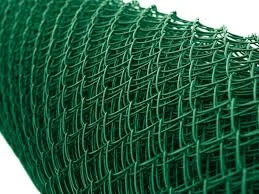
3. Noise Barriers Another innovative use for 120 cm gabions is as noise barriers alongside highways or busy roads. When filled with rocks or other heavy materials, they can significantly reduce sound pollution by absorbing and deflecting noise from traffic, thereby enhancing the comfort of nearby residential areas.
4. Decorative Features Beyond their functional benefits, 120 cm gabions are increasingly used in landscape design as decorative features. Filled with aesthetically pleasing stones or recycled materials, they can create attractive garden walls, planters, or artistic installations. Their natural look complements various design styles, from rustic to contemporary.
5. Flood Control In flood-prone areas, 120 cm gabions can be strategically placed to redirect water flow and protect properties. Their design allows for rapid deployment in emergency situations, providing an immediate solution to mitigate flooding.
Benefits of 120 cm Gabions
The advantages of using 120 cm gabions are manifold. They are cost-effective, requiring minimal maintenance compared to traditional materials like concrete or brick. Their permeability allows for natural water drainage, reducing the risk of mold and structural issues. Furthermore, gabions can be easily filled with locally sourced materials, making them environmentally friendly and reducing transportation costs.
Conclusion
The 120 cm gabion is a dynamic component in modern construction and landscaping. Its functionality, adaptability, and aesthetic potential make it an invaluable tool for engineers, architects, and homeowners alike. As awareness of sustainable practices grows, the use of gabions in various applications will likely continue to rise, presenting opportunities for innovative designs and solutions to environmental challenges. Whether used for functional engineering purposes or as an artistic feature in garden design, 120 cm gabions encapsulate the perfect blend of practicality and style.









